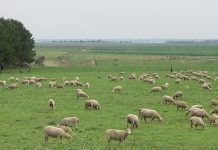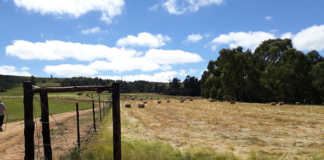The chairperson opens the meeting. If it is quorate (attended by a ‘quorum’, the minimum number of members required to make the decisions of the meeting binding), the meeting can proceed.
The minutes of the previous meeting may be read at the meeting or ‘taken as read’ (in this case, members were required to have read the minutes before the meeting). The chairperson asks if all present agree that the minutes are correct. If everyone agrees, the minutes are approved and signed by the chairperson. If something is deemed incorrect, it is discussed and corrected before the minutes are approved.
Following this, the chairperson addresses the items on the agenda.
Most meetings proceed as follows:
- The chairperson presides over the meeting, remaining as objective as possible;
- Before a decision is made, an item is thoroughly discussed. The chairperson decides when to stop discussion and proceed to the next item;
- Only one member may speak at a time;
- Before a decision is made, members must vote. This is done by a show of hands or by ballot;
- If an equal number of people are divided on a decision, the chairperson may make the final decision;
- If someone behaves inappropriately, the chairperson may ask him/her to leave;
- Once all items on the agenda have been discussed, the date of the next meeting is decided and the meeting is closed.
Minutes
The minutes are a summary of the matters discussed by the committee, as well as any actions taken, or decisions made, with regard to the items on the agenda.
The minutes are usually taken and compiled by the secretary, and include the date and place of the meeting, as well as the names of all committee members (present or absent). The minutes may be written in a book, but are commonly typed and electronically filed (see Figure 1).
Agenda
The agenda is a list of meeting activities in the order in which they should be discussed. Items may, however, be discussed ad hoc. The agenda is compiled by the secretary in consultation with the chairperson (see Figure 2).
Figure 1
The minutes are a record of matters discussed and decisions made, as per the items on the agenda. Below is an example of a typical layout.
Minutes of the meeting of the [name of group or committee] held at [venue] on [date] at [time].
Present: [The names of all who attended the meeting.]
Apologies: [The names of those who have excused themselves from the meeting. The cause of absence is rarely listed.]
Absent: [Those who are absent, but have not excused themselves.]
1. Aproval of the agenda: The agenda as distributed was unanimously approved.
2. Approval of minutes: [If there are no amendments to the minutes of the previous meeting:] The minutes of the meeting on [date of previous meeting] were approved. [If the minutes are amended, the changes are recorded and approved. The amendments are indicated in the minutes of the current meeting.]
2.1 Matters arising from previous meeting:
2.1
3. New business: [Items listed as on the agenda]
3.1
3.2
4. Announcements
5. Date, time, and place of next meeting
Figure 2
Agenda for the meeting of [name of group] to be held on [date] at [time] at [venue].
Present: [Names of those present]
Apologies: [Those who have excused themselves]
1. Approval of agenda
1.1 Additional items for discussion [items considered important enough to be added during the meeting.]
2. Approval of minutes of previous meeting
2.1 Matters arising from previous meeting
3. New business [irregular topics to be discussed]
3.1 Vacation policy (for example)
3.2 Maternity leave (for example)
4. General
5. Date, time and place of next meeting
6. Closure
Source: The Directorate Communication, National Department of Agriculture, in cooperation with Rikki Abbott of the KwaZulu-Natal Department of Agriculture.













